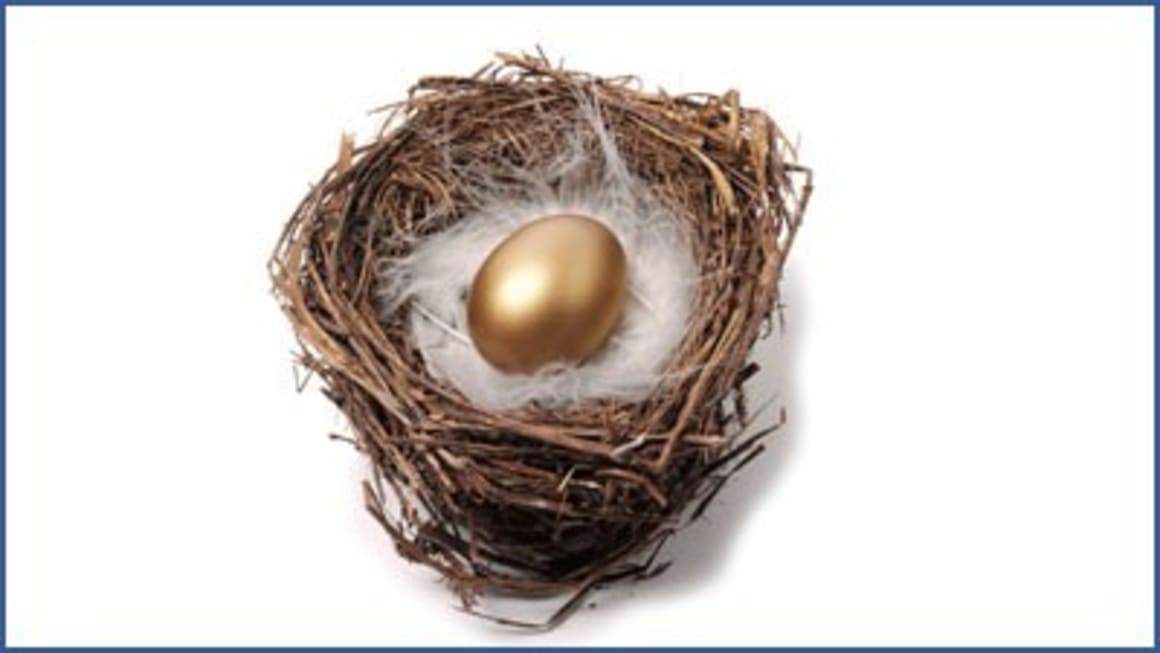Super-rich build their SMSF nest eggs with property, particularly commercial

As we look to what's ahead for 2012, Property Observer is republishing some of our most noteworthy stories of 2011.
Australia’s wealthiest investors expose a higher proportion of their portfolios to direct property than other merely well-heeled investors with a few million dollars to invest. And their fondness for business real estate rapidly grows along with their wealth.
The current High Net Worth Investor Report, published by specialist research company Investment Trends, shows that investors with $10 million to $60 million portfolios have 30% of their investments in direct property. On average, they have a 17% exposure to residential property and 13% in business property.
Compare this with the “poorest” of the high-net-worth investors surveyed by Investment Trends. Investors with $1 million to $2.5 million to invest have 23% of their money in residential property, with just 4% in business property. (Assets held in self-managed super funds are included while family homes are excluded.)
A little digging elsewhere by Property Observer suggests that many wealthy investors prefer to hold their business property in their self-managed super funds rather in their own names or related entities.
This favouring of SMSFs for business property is not surprising given superannuation’s concessional taxation and asset protection as well as the special treatment of business property under superannuation law.
Superannuation assets are inaccessible to trustees in bankruptcy – provided contributions or asset transfers were not made to avoid creditors. And business property is among the few assets that funds are permitted to acquire from their members.
Further, business property is among the few types of assets that SMSFs are allowed to lease to related parties, including the members’ family businesses, without a limit on its value.
The Australian Tax Office reveals that the poorest of Australia’s top 100 richest SMSFs have more than $20 million in assets, with the average being about $33 million. Annual caps on superannuation contributions mean that the richest of the rich SMSFs – which have assets up to $40 million-plus – will never again be created.
The latest Self-Managed Super Fund Statistical Report, published by the ATO, shows that SMSFs with $10 million-plus in assets have close to 14% of their portfolios in direct business property. Just 2% of their portfolios are in direct residential property.
By contrast, SMSFs in the $1 million to $2 million asset range hold a little over 9% of their portfolios in direct business property and a squeak over 4% in residential.
Australia’s richest SMSFs have a mixed relationship with direct property; some won’t touch it – others own hardly anything else.
Philip La Greca, technical services director of self-managed fund administrator Multiport, has given Property Observer a perhaps unprecedented insight into the six richest SMSFs receiving its administration services. La Greca has made the details sufficiently vague so they could not be identified.
These Multiport client funds – which have between $9 million and $10 million in assets – have highly individualised approaches to investing in direct property:
Rich fund one
Almost 8% of its huge portfolio is invested in a high value apartment. The remainder is invested in Australian shares (60%), fixed interest (17%), cash (%) and overseas shares (7%).
Rich fund two
Almost a third of this fund’s assets are in two commercial properties, including the trustees’ business premises, and two residential properties. The rest of the portfolio is invested in cash (30%), Australian shares (22.5%), fixed interest (8.5%) and indirect property (7%).
The business property could be held in the fund as a family/business succession strategy. The members are baby-boomer parents and their adult child.
Rich fund three
This fund is rather unusual. Despite its size, it has no direct property. The sole trustee, an elderly retiree, has 95% of the portfolio in blue-chip shares with the remainder in cash.
Rich fund four
More than 22% of its portfolio is invested in two commercial properties. The remainder is held in Australian shares (64%), cash (12.5%), and fixed interest (1%).
La Greca says that if one of the two trustee were to unexpectedly die – both are in their 60s – the large share exposure means that a property would not have to be sold to pay death benefits.
Rich fund five
Again this fund is different from most with multimillion-dollar portfolios. It holds no direct property and a minuscule amount of indirect property. The fund’s other assets comprise fixed interest (67%), Australian shares (19%) and international shares (0.5%). The trustees, both in their early 60s, are taking few chances.
Rich fund six
The trustees – an elderly couple and their middle-aged children – have 77% of their portfolio in direct commercial property. The remainder is invested in Australian shares (17%), cash (2.5%) and a tiny amount of fixed interest.